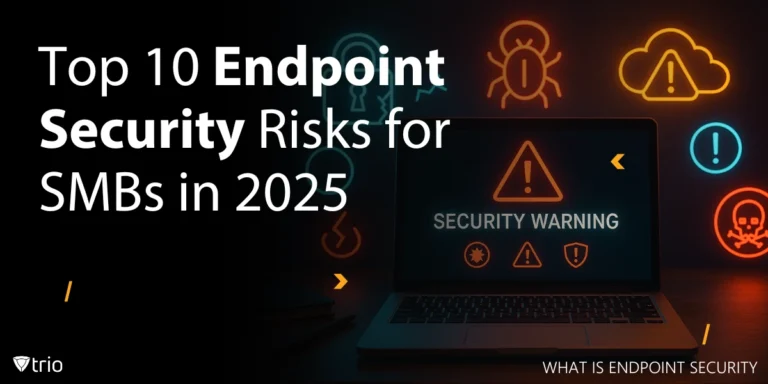As the school year winds down and students eagerly anticipate their summer break, a different kind of challenge looms large for school administrators and IT teams. The summer months, often seen as a respite from the academic grind, have become a critical period for bolstering cybersecurity in educational institutions. With ransomware attacks on the rise, schools must adopt robust measures to protect their digital infrastructure. One promising solution lies in Mobile Device Management (MDM) systems, which can significantly enhance cybersecurity in schools.
The Rising Threat of Cyber Attacks in Education
The education sector has become a prime target for cybercriminals. According to a report by Emsisoft, cyberattacks on K-12 schools more than doubled from 45 incidents in 2022 to 108 in 2023. These attacks often result in significant data breaches, exposing sensitive student and staff information. The Los Angeles Unified School District, for instance, suffered a major ransomware attack over Labor Day weekend in 2022, compromising a vast amount of personal data.
Schools are attractive targets for hackers, especially during periods when security teams are understaffed, such as summer vacations. As Kavitha Cardoza from NRP points out, “One reason for the increase in attacks is that hackers have realized school systems are vulnerable. They often have older computer systems, rely heavily on technology and, they don't necessarily have cyber security experts on staff."

The Role of MDM Solutions in Enhancing Cybersecurity
Mobile Device Management (MDM) solutions offer a comprehensive approach to managing and securing the myriad of devices connected to a school's network. These systems provide IT administrators with the tools to monitor, manage, and secure devices from a central console, ensuring that all endpoints are protected.
MDM solutions are a game-changer for educational institutions, they allow schools to maintain control over their digital ecosystem, ensuring that devices are up-to-date with the latest security patches and that access controls are strictly enforced.
Key Features of MDM Solutions
Device Inventory and Management: MDM systems provide a detailed inventory of all devices connected to the network. This visibility is crucial for identifying potential vulnerabilities.
Software Updates and Patch Management: Keeping software up-to-date is a fundamental aspect of cybersecurity. MDM solutions automate the process of deploying updates and patches, reducing the risk of exploitable vulnerabilities. According to a report, 45% of software vulnerabilities remain unpatched, posing a significant threat to network security.
Access Control and Authentication: MDM systems enforce strict access controls, requiring complex passwords and multi-factor authentication (MFA). This adds an extra layer of security, making it more difficult for hackers to gain unauthorized access.
Challenges and Considerations
While MDM solutions offer numerous benefits, they are not without challenges. Implementing an MDM system requires an initial investment in both time and resources. Schools must also ensure that their IT staff are adequately trained to manage and operate the system effectively.
The Importance of Policy and Collaboration
Beyond technological solutions, schools need strong policies and collaboration at all levels. The formation of the Government Coordinating Council for the Education Facilities Subsector in March is a step in the right direction. This initiative brings together federal, state, and local governments to provide schools with essential guidance and resources for strengthening their cyber resilience.
Conclusion: A Call to Action
As we enjoy the summer months, it's crucial not to overlook the cybersecurity challenges facing our schools. Implementing MDM solutions can significantly enhance the security of educational institutions, protecting sensitive data and ensuring a safer digital environment for students and staff. However, this must be part of a comprehensive strategy that includes strong policies, continuous monitoring, and collaboration at all levels.
The summer break may be a time for relaxation, but for school administrators and IT teams, it's an opportunity to strengthen their defenses and prepare for the new school year. By taking proactive steps now, we can ensure that our schools are better equipped to face the ever-evolving threat landscape.
Get Ahead of the Curve
Every organization today needs a solution to automate time-consuming tasks and strengthen security.
Without the right tools, manual processes drain resources and leave gaps in protection. Trio MDM is designed to solve this problem, automating key tasks, boosting security, and ensuring compliance with ease.
Don't let inefficiencies hold you back. Learn how Trio MDM can revolutionize your IT operations or request a free trial today!





